


By the way, there’s a tiny elevator about the size of a phone booth that goes up the center of this tower’s triangular structure…but not all the way. At some point, you’ve got to get out and climb. No thanks, I’ll just enjoy the view from below!





By the way, there’s a tiny elevator about the size of a phone booth that goes up the center of this tower’s triangular structure…but not all the way. At some point, you’ve got to get out and climb. No thanks, I’ll just enjoy the view from below!





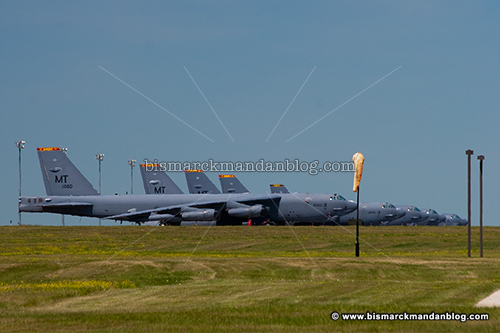
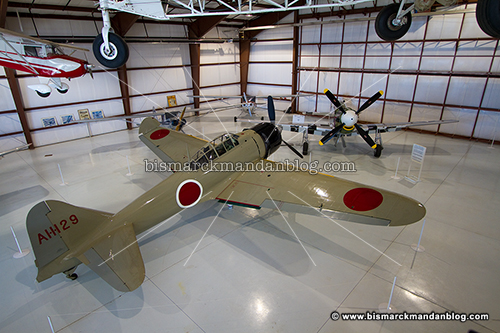
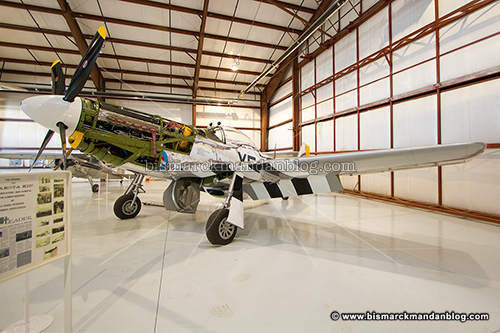
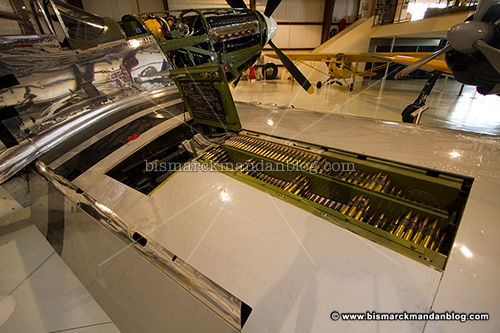
This is where we wrapped up the Cold War Mancation™. We put our noses to the glass a little bit and pointed the truck back toward Bismarck-Mandan. These pics aren’t from that exact visit, but hopefully you get the idea. There are plenty of other really cool photos from this road trip, including some other striking landmarks, that I’ll be trickling out as time allows.
By the way, you really need to visit the Dakota Territory Air Museum. It’s not just a hangar full of planes; it’s three buildings of history and more! I’ve got lots of pics that I took with my toddlers that I’ll post down the road as well.
One other thing: I believe the Minot Air Force Base is hosting their biennial Northern Neighbors Day air show & more this summer! Stay tuned for more…
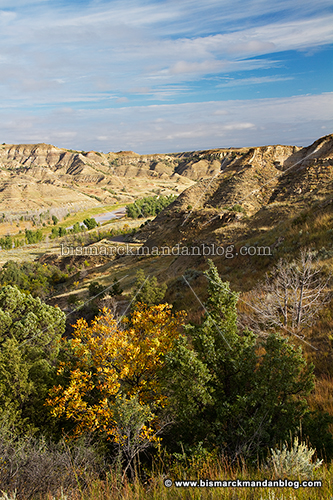
The window of opportunity for North Dakotans to enjoy fall colors can be very narrow. Last year the leaves fell pretty much without changing color at all! It looks like we’re going to be more fortunate this year, but don’t let it pass you by. Sadly those leaves are going to be on the ground sooner than we think.

He looked a little scared and disoriented so I, as a bird whisperer, decided to befriend him. I grabbed a little stick and put it by his feet so he had a better place to perch. After all, a little bird’s feet are not meant to sit on a flat metal surface; they need something around which to curl. He seemed pretty content with that, although a little out of sorts.
I talked to him a little bit and showed him to the other guys on the crew. He hung out with us for a minute or so, even hopping on a friend’s shoulder for a second, before regaining his composure and flying away. I figure he must have bonked into the window and rung his bell a little bit. In any case, it was nice to hang out with him briefly until he was ready to get back to being a bird.
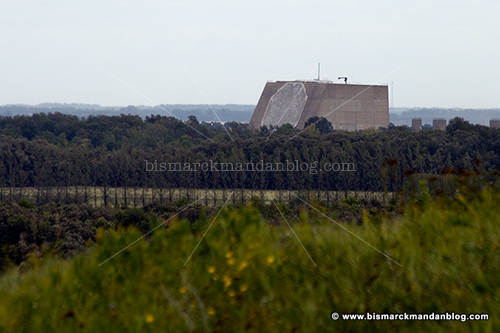
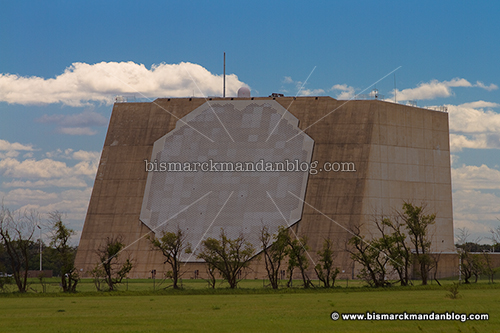
This PAR system is also part of the larger Stanley Mickelson Safeguard Complex, which included the now abandoned Nekoma facility I posted about earlier. It had its missiles removed long ago, but this giant array still watches the northern skies. I could tell you more about this site, but probably not without ripping off David Novak’s site, www.srmsc.org. He’s got all kinds of links and photos of these facilities and how they served. Please visit this site!
I haven’t exhausted the Cold War Mancation photo series yet…stay tuned.

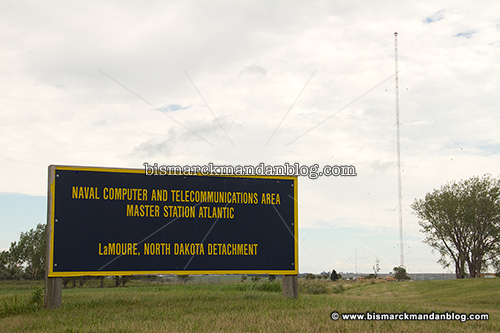
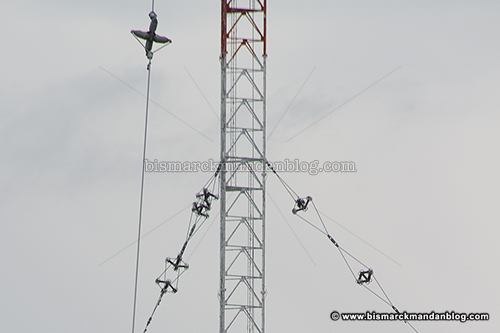
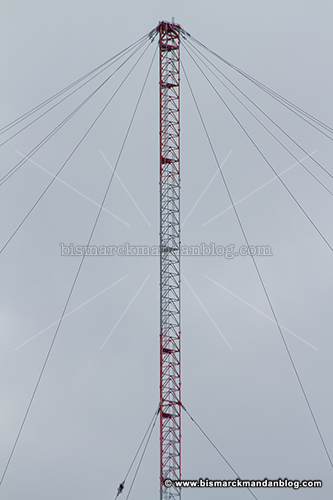
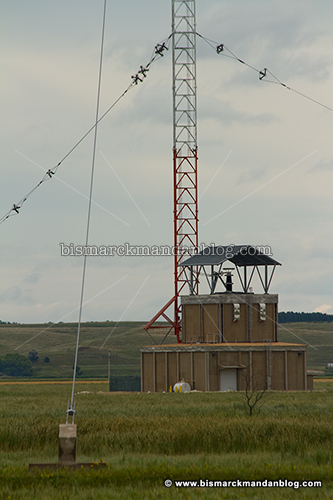
So what does this tower do now? It still sends VLF frequencies, but it’s used to guide submarines now at I think 150kHz. Some of the other former Omega towers were destroyed when we started switching to GPS, this one was fortunate enough to survive and serve our nation’s submarine fleet.
In a way, it’s sad that this facility has been retasked. The Omega Inn in LaMoure? Renamed. Omega Cafe? Couldn’t find it. There is an Omega Cinema in the mall, however, and a listing for an “Omega room” on the mall directory board. Since the term “Omega” no longer applies, I suppose that’s to be expected.
Here’s some background information about NCTAMS. (Link)
I’ve also added this place to my Google Maps, too. Click here for an aerial view. (This has been fixed.)
Never fear, there’s more Cold War Mancation™ coming soon!
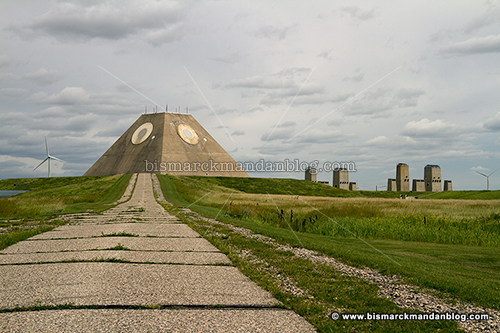
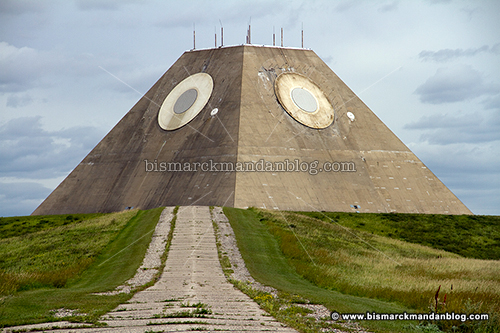
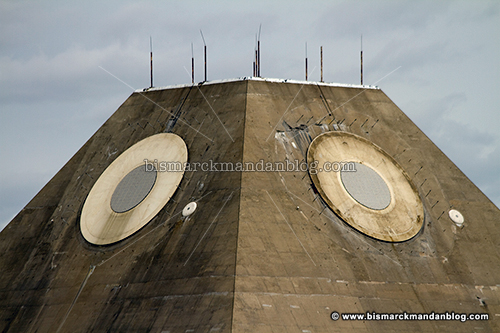
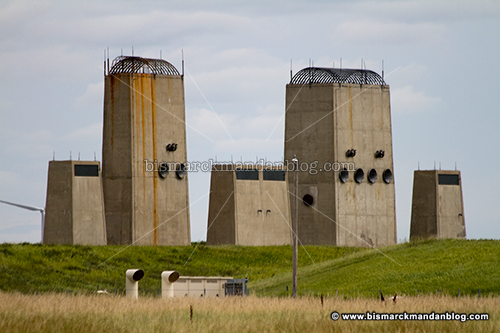
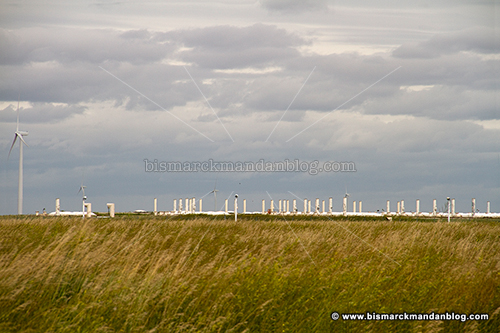
This base was built in the 1970s, operated for a matter of weeks, and was then shut down. The town was all set for the boom of having a military base next door, and then suddenly it all evaporated on them. Here’s a must-read article about the impact of this base’s construction and subsequent closure on the little town of Nekoma.
The Library of Congress has a small collection of photos from the site’s construction available online. A really nice aerial photo of the facility is available on Wikipedia and I think may come from the LoC collection.
Here’s a link to a Google Map I’m working on with various photo sites marked for your enjoyment. This link will allow you to view the site from above via satellite. This gives a good idea of what the missile fields look like.
Many more mundane buildings still inhabit this facility, although the base housing has been moved away. Various shops, administrative buildings, the security station, the chapel, and other such buildings are still maintained on site in case the Army chooses to return.
I wish I’d taken photos of some of the other buildings in the area, including the chapel with the Christmas decorations still hanging in the window. If I find myself in the area again, I’ll be more thorough.
(UPDATE) I came across this website today, srmsc.org. It’s got a ton of information about the entire Mickelsen Complex and its function. Check it out!
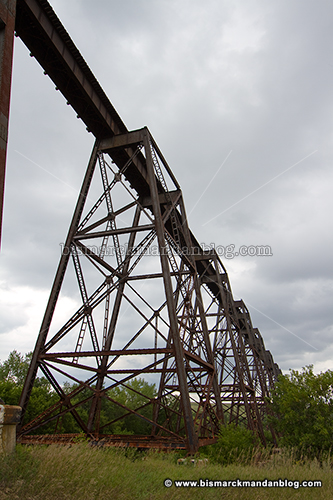
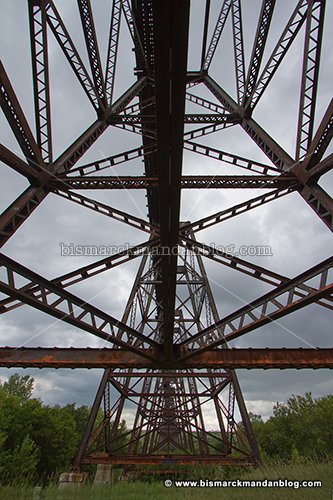
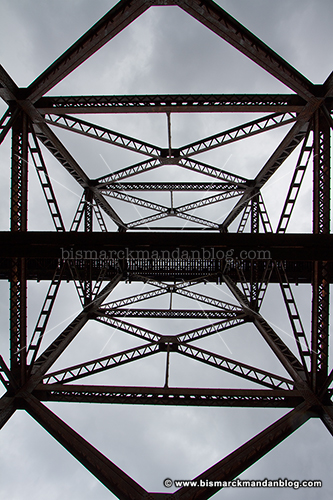
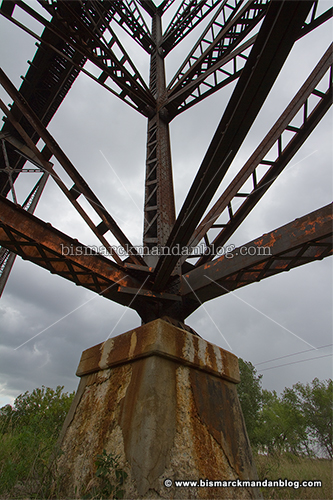
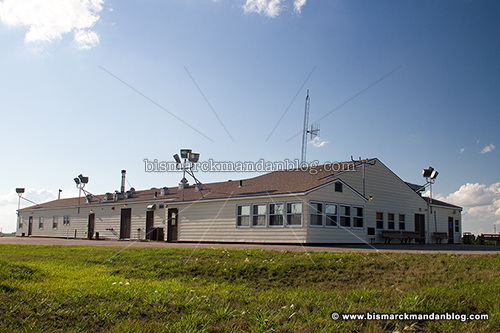
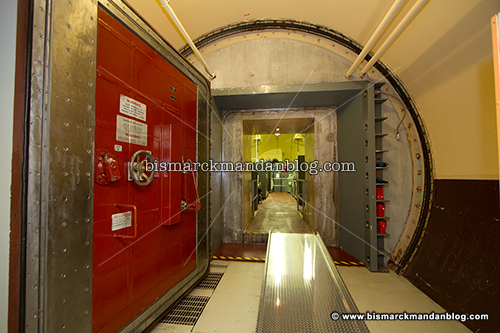
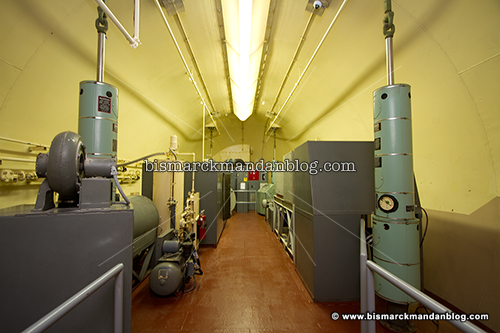
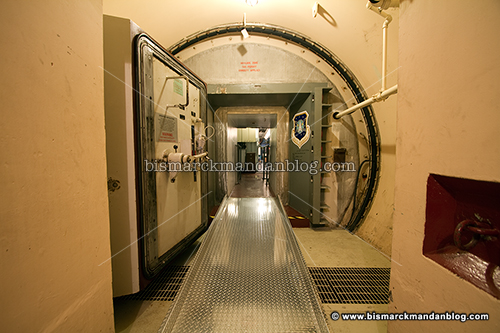
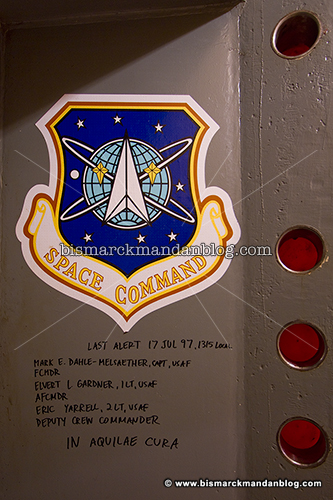
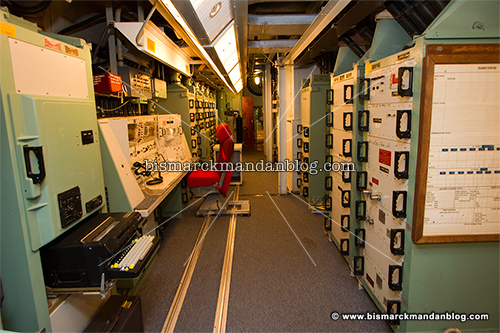
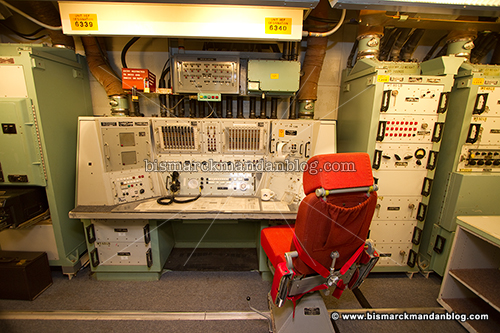
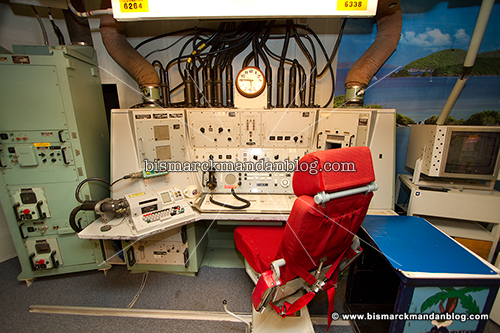
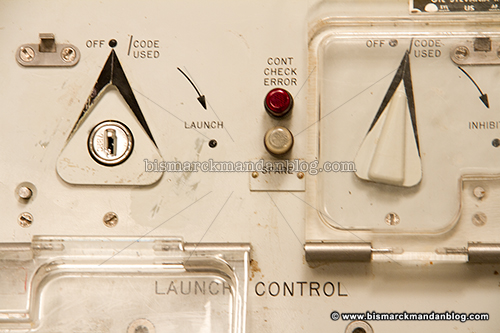

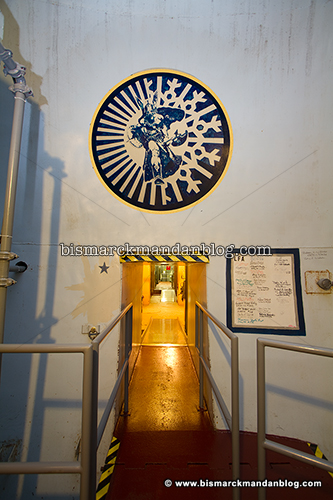
This site is amazing. You can get more information and listen to some relevant podcasts by clicking here for the State Historical Society’s page. If you visit, tell them you heard about the site here. I got to hang out for a while and chat with some of the staff and the site director (a former missileer and narrator of one of the SHS podcasts). It was a real treat. There’s plenty more I haven’t even described here, so you’ve got plenty of surprises awaiting.
Update: Announced yesterday was the news that this site has won an award: click here for more information.
Favicon Plugin made by Alesis